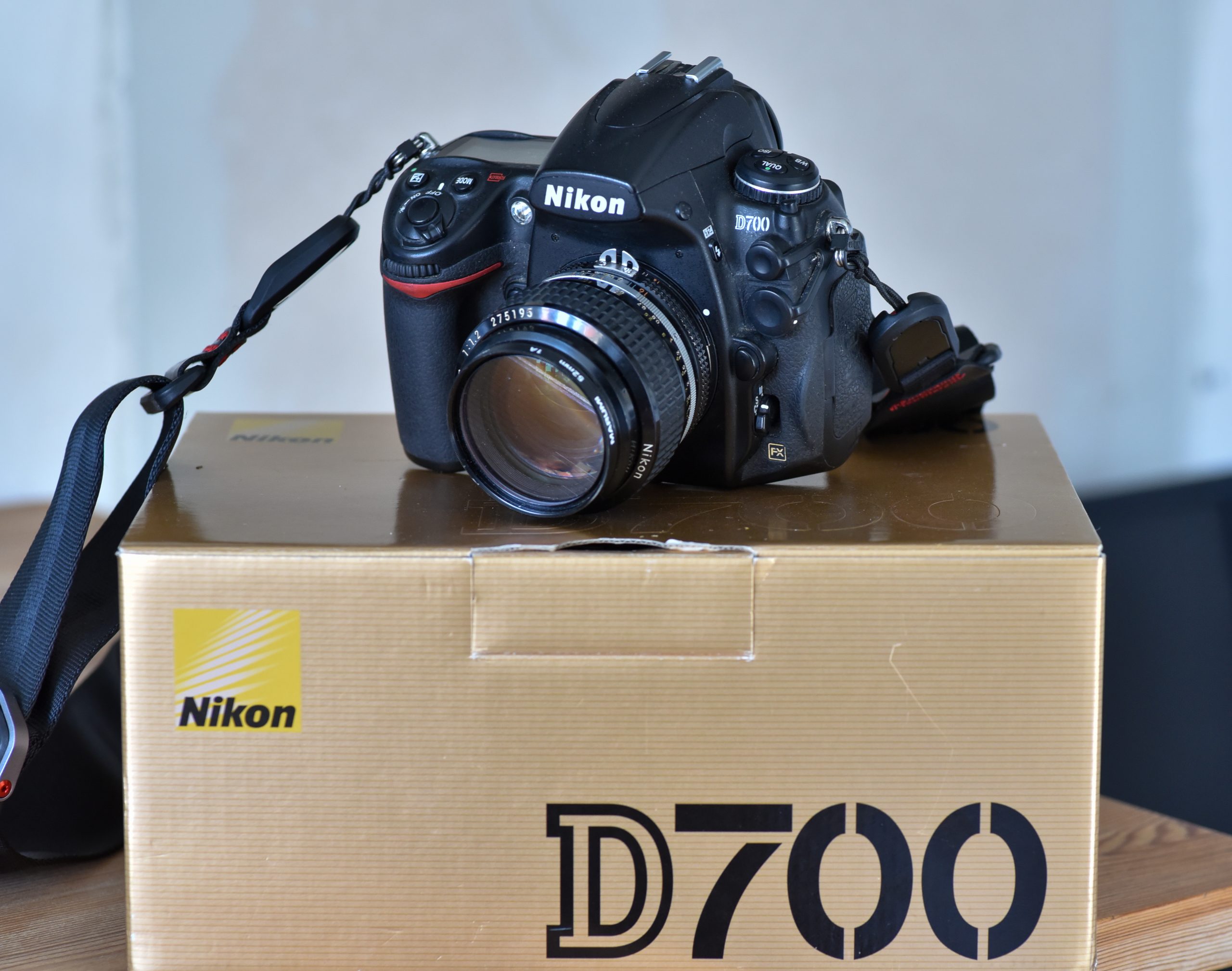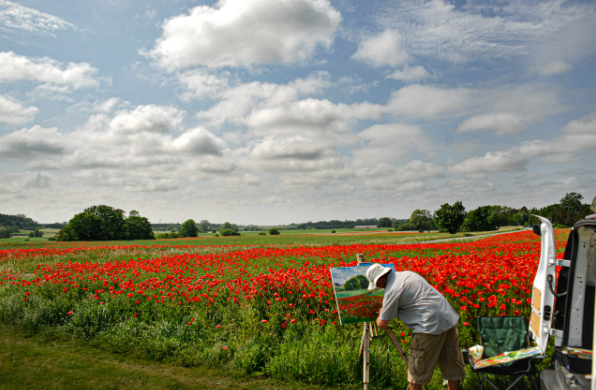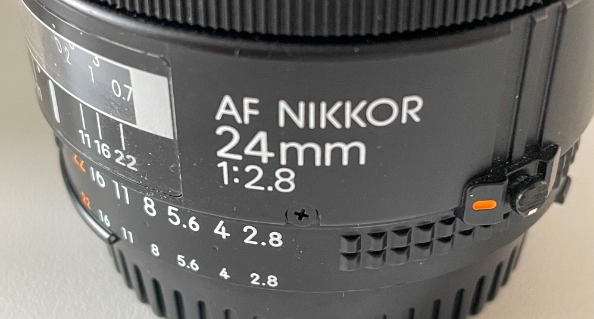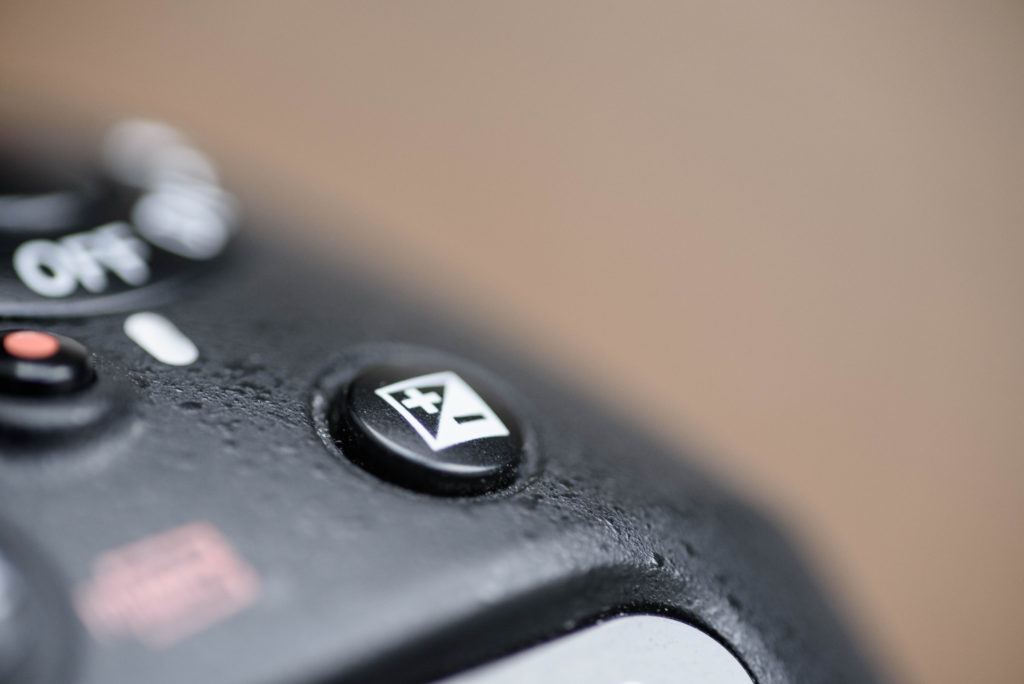Introduction
If you are just a little bit into the Nikon universe, you undoubtedly have heard of the legendary Nikon D700. It was released back in 2008, which today is ages ago from a technical perspective. It was the baby brother of the D3 targeted for professionals, leaving the D700 for the serious enthusiast. Since its introduction the D700 has received legendary status for its image quality and build quality, and that was what attracted me to the D700 initially.
I purchased a copy of the D700 mid 2020 for 325 EUR with a shutter count of 28.000, which is very low relative to what you can find out there and knowing that the production was stopped in mid 2012.
In this post I want to share the pros and cons of this camera that I had identified just by studying other blogs, videos, reviews, etc. before buying the camera. It is not a complete list, and I have after my purchase received lots of feedback that the list is incomplete or flawed. However, it was based upon this list that I decided to buy the D700, so I think it at least gives good insight into my process for selecting the D700.
My thinking is that by sharing this it may help you if you consider buying the D700. I have made a few amendments to the original list to reflect what I know today so you get all I know in one go.

The first reason is image quality, of course, and if you have read just a little bit about The Nikon d700 you will know that the image quality is legendary. I don’t know exactly why that is, maybe because it was the last time Nikon used the Panasonic sensor. Maybe it has to do with the Expeed processor and the way it works on on the data. I simply don’t know. I can just see really many people report that image image quality is outstanding, especially the JPGS straight out of camera and the skin toning.


Number five is the built in autofocus motor and if you have older Nikon glass with the auto focus mechanics (screwdriver principle), there’s no motor built into the glasses such. It assumes that you have the motor in the camera body and then via a screw driver principle it connects the motor with the glass and that gives you the auto focus. This is not as fast and as silent as what you see today with AF motors built into the lenses (AF-S or G-series), but definitely you get all the comfort of the AF and in my experience, it works really well.
Number six is the autofocus system. When the 700 came out, this was probably one of the best autofocus system that was available, but this was 12 years ago and the world has moved on. I think it is fair to say that the D700 cannot compete anymore. You have all of those systems today whether the focus points are all over the frame – on the D700 they are centered and there’s not that many of them. However, it is still a good auto focus system.
Number 7 is the build quality. I guess you have heard the terms that it’s built like a brick house or like a tank. And this one is it is really solid quality. It’s the little brother of the D3 and I think much of the quality of the the D3 was inherited down to the D700. That’s probably also why you see that so many copies still in operation, twelve years after the introduction of the camera. Some report they have dropped the camera on tarmac or stone floors and it works perfect even afterwards! Don’t try this, but certainly impressive if there is some truth to these rumors.

Number 8 is the ergonomics. There is a dedicated button for (almost) everything! If you had a Nikon camera in your hands previously this one will not disappoint you – it it just is really well-thought-out and especially the fact that there is a dedicated button for most needs, makes it possible to work fast and efficient with this camera.
Number 9 is the weather sealed body. Mind you that if you put a non weather sealed glass onto your weather sealed body, the advantage may not be that big, but the body itself is sealed which could be important if you shoot a lot outdoors.
Number 10 is perhaps not as rational as the other arguments, but if you go and read blogs and see videos you will notices that many many report how sad they are that they left or sold their Nikon D700 and many actually go back and buy and new version of the D700 to have as a backup camera because it has served him so well. This is perhaps the ultimate test of a quality that even though you move on technically to say a D810 or a D850 some of these really really good cameras with higher resolution, you still miss the D700 and want to go back to it. I am not claiming this to be rational, but I just think when you see so many people saying that the D700 is something special, then there must be be some truth to this.
Number 11: There is a built in flash. To some this is super important as they use it for optically triggering off camera flashes or they use it in a pinch. I seldom use it which is why it was not on my list originally, but to many this is important.
Number 12: Battery life is great. Relative to mirrorless, I guess that most DSLRs have a good battery life, but I think the D700 even measured against other DSLRs has a great battery. It has only dropped one bar the first week of shooting, although I have been shooting for several hours. I was afraid that when I bought a used camera, the battery would be a bit tired, but in my case this has not been a problem at all. I also enjoy that the boot time is next to nothing – the camera is ready as soon as you have switched to the ‘on’ position, and even before that, you can use the optical viewfinder.
Number 13: The viewfinder can be closed mechanically with a little button next to it. This is great news if you shoot landscapes with long exposure or stars or the like. False light will come through the viewfinder and find is way to the sensor, which is not what you want. This little mechanical shutter saves you from putting chewing gum in the viewfinder or putting your hat over the camera body or whatever ways you have found to overcome this problem.
Number 14. Many cameras has a max shutter speed at 1/4000. The D700 has 1/8000. If you shoot wide open on a bright day, this may save you from pulling out the ND filter from your camera bag to avoid your picture being over exposed. It may not sound like a big thing, but once you have tried that the light meter goes crazy and you’ve forgotten your ND filter , you will appreciate the fast shutter speed.
Number 15: Smaller files. The 12 MP means that your files will be smaller, they will load faster to your PC, the handling is faster, it will take up less space on your hard disk, you can do with smaller memory cards or store more pictures per card, etc.
The cons – where the D700 could do better
Since I bought the D700, I have come to learn that there is a large group of D700 enthusiasts that will defend any criticism of the D700, so I am a bit cautious to put up a list of cons. However, it was the below list of cons that did not stop me from buying the D700, so the headline here is that the list below is – in my case – not a showstopper at all. And you should not loose sight of the bigger picture here: this is a FF bargain! With that said, to the list:
Number 1. The sensor is “only” 12 megapixels. By today’s standard is not that much, but I think you will find that if you don’t do heavy cropping or print billboards, 12 megapixels will actually serve fine. So I don’t know why so all of a sudden we need all these megapixels, but I just want to make it very clear that it is not a 24 or 48 megapixel camera.
Number 2 is the dynamic range. I think when the camera came out the dynamic range was excellent, but I think it has been superseded by better options like the Nikon d750. This can be overcome be careful metering or bracketing, but it is of course more comfortable to have a camera with a larger dynamic range.
Number three is the lack of video. So if you were hoping for a hybrid camera that could do both video and stills, the D700 is not for you. Many in need of video have a dedicated video camera, and I also use both my smartphone and GoPro, so I think the lack of video in my case is less of an issue.
Number 4 is noise (it is LOUD!). All DSLR’s make noise because the mirror needs to flick, but the D700 is especially noisy. And if you want to shoot in situations where silent camera is important (e.g. wildlife close up) I don’t think the d700 is for you. And the quiet mode option is a joke – the camera is still noisy!
Number 5: There’s no in-body image stabilization (IBIS) and I think it would be unfair to expect that in a 12-year old camera body, and especially in a DSLR. But I’ve just wanted to mention this: you need to cut down on your coffee or buy a tripod if you want to be sure that you don’t get camera shake. Or you could invest in a lens with image stabilization if this is key to you.
Number 6 is the size and weight. It is big and heavy. If you want to travel with your camera because or climb a steep mountain, this camera may be to the heavy side. The camera body itself is 1 kilo and you have to add the weight of the glass and then the total package may be too heavy for you.
Number seven is all the modern things you’ve come like in a modern camera like Wi-Fi integration, Bluetooth integration, GPS data, operating a camera remotely via your smartphone and all of these things that that are really nice in terms of making the connectivity of the camera much better. You find none of that in the d700 and this is really where the cameras age start to show: It is a really good stills camera, but all of the technology advances around the core of the camera is not with the D700.
Number eight. The life expectancy for the Nikon d700. It’s always difficult to say how long my camera will live, but this one has moving parts and eventually they will break. Nikon says that you can expect a hundred and fifty thousand shots per camera. I’ve heard people who have shot twice as much (and more!) and the camera still works. Nikon has stopped servicing the D700 as I understand it, but I also understand that there are plenty of non-Nikon professionals who have taken over and can service the camera. The build quality of the D700 probably means it will live for a very long time, but you may find that you need to go the extra mile to find someone who can service your camera if need be.
Number 9 is all the development that has happened with LCD screen on the back side of the camera. For many modern cameras the LCD is a bit of a gymnast: You can flip it out. You can flip it up and down, maybe fully articulated. You can pinch and zoom and it is touch controlled and super high resolution. None of that with the d700. It’s just it just sits there firmly. You can’t flip it out. You can’t move it. You can can try to pinch and zoom all you like but nothing happens – you have to operate the camera via the buttons. So if you do a lot of shooting overhead, do low-level shooting or you want to do shooting where a flip-out screen is important, you will find that the D700 does not give you much support here.
Number 10. Only one card slot. To me this is not a big issue, but if you are a serious enthusiast aspiring to become a pro, and your plan is to use the D700 on that journey, the lack of a second card slot could be critical. I would not like to be the one debating with a newly wed couple why your cannot deliver pictures of the most important day of their life due to a memory card failure.
Number 11: The viewfinder only covers 95%. This means that there will be more in the frame in the picture captured than what you see in the viewfinder. If you carefully crop or frame your pictures in camera like me, this is a bit of a nuisance, as I try to get my pictures as complete as possible in camera to minimize post processing work.
Number 12: Maybe needless to say, but when you buy used you need to be sure you buy a good copy. Make sure you understand the terms and conditions for buying the camera – if you buy it online so you cannot see the camera in real life before the purchase, make sure you can return it if not in good condition. In my case, I was happy with the purchase, but the camera was so dirty I had to give it a good cleaning – some of the buttons had to be “massaged” to get moving, and the sensor was so full of dust it was a joke. So set off some budget for getting a pro to clean the sensor if you are not comfortable doing this yourself.
Number 13: The Live View mode is quirky. You can tell that this was one of the first implementations of Live View that Nikon did. There is no dedicated Live View button (sits together with the drive modes) and you have to select between two Live View options before you can get going. I am happy to report that the later implementations of Live View are much easier to work with.
Conclusion
So if I was to answer the question from the top of this blog, it would be a definite: yes! But you have to balance the pros and cons against your list or set of requirements, to see if you reach the same conclusion. The Nikon D700 is a wonderful camera, but it is not perfect, and the question is if some of the listed cons weighs in so heavy in your basket, that it is a showstopper. We are all different, and just because this shoe fits my foot, there is absolutely no guarantee it will fit yours. I hope this blog has brought you a little closer to making an informed decision to conclude if the Nikon D700 is for you or not.
Related reading
Which Nikon camera body to choose in the 24MP range?
Video links
